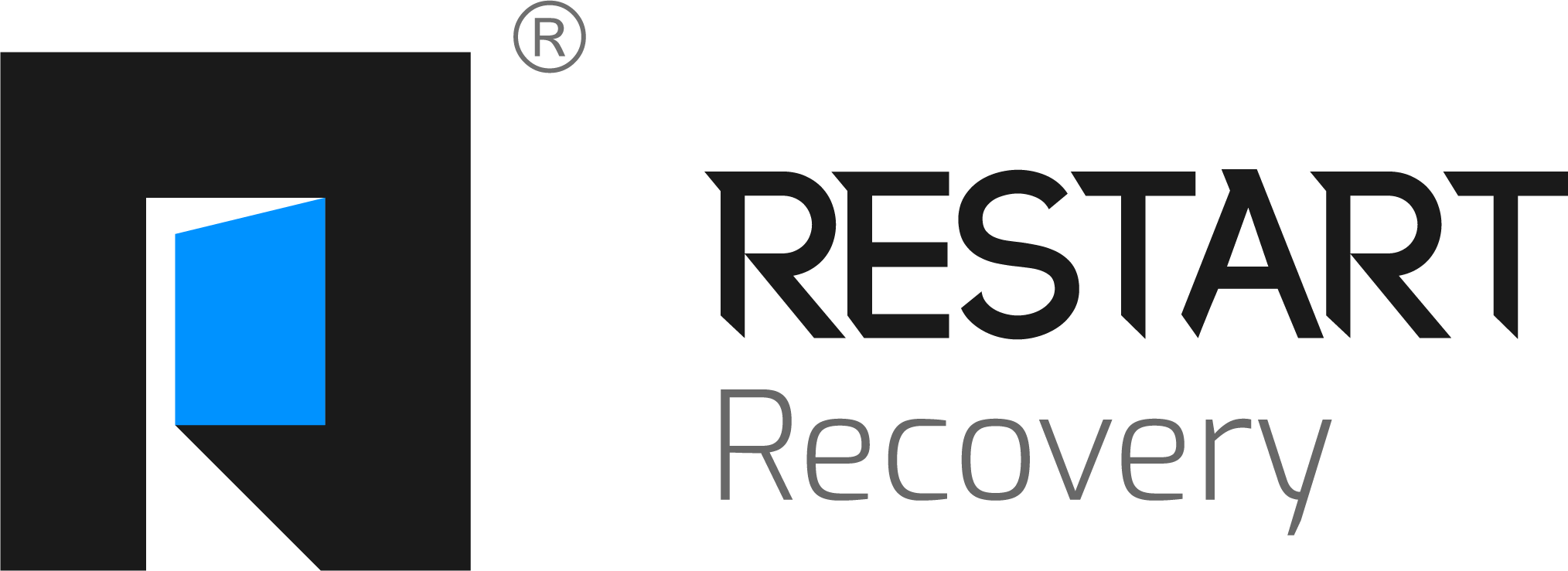Social Media Drug Dealers I: It’s Too Easy for Teens Buy Drugs Online
- Yasmin Maghsoudloo
- May 18
- 4 min read

Social Media Drug Dealers I: It’s Too Easy for Teens to Buy Drugs Online
In the age of smartphones, apps, and social media, the dangers lurking online for teens are increasingly difficult to ignore. While the internet opens up a world of possibilities for learning, connection, and creativity, it has also become a breeding ground for darker activities. One of the most alarming trends? The rise of online drug dealers using social media platforms to reach vulnerable teens.
The Rise of Social Media Drug Dealers
The era of digital connection has made drug dealing more accessible, less risky, and shockingly easy to execute. The days of back-alley exchanges and late-night phone calls have been replaced by the swipe of a finger and emojis. Dealers are no longer lurking in dark corners; they’re slipping into teenagers’ DMs (direct messages) with offers that look as casual as ordering a pizza.
Popular platforms like Instagram, Snapchat, TikTok, and even encrypted messaging apps like WhatsApp or Telegram have become tools of choice for online drug transactions. With their heavy social media presence, teens are frequently exposed to these activities, often without realizing the full scope of the danger. Hashtags, emojis, and slang are used to disguise conversations about drug sales, making it difficult for both parents and law enforcement to track down these illegal activities.
How Easy Is It for Teens to Buy Drugs Online?
Surprisingly easy—and that’s what makes this trend so dangerous. Most teens are already digitally savvy and intuitively understand how social platforms work. With minimal effort, they can connect with a dealer on Instagram, Snapchat, or another platform and initiate a transaction. The process usually follows these simple steps:
Discovery: Teens find dealers through hashtags, friends, or even public comments on popular posts. Drug-related slang or emojis (like a pill emoji for pharmaceuticals or a leaf emoji for marijuana) often serve as the code.
Communication: Direct messages make it easy for teens to have private conversations with dealers. In many cases, the dealers encourage these private chats, offering products like marijuana, prescription pills, ecstasy, and more.
Transaction: Once the teen expresses interest, payment methods like cryptocurrency, PayPal, Venmo, or even cash apps facilitate anonymous transactions. Dealers can even send drugs through the mail, bypassing the need for in-person exchanges.
Delivery: Many times, drugs are sent directly to the teen's home, school, or another location, further making it a seamless transaction that bypasses physical interaction altogether.
The sheer convenience and perceived anonymity of online transactions lower the barriers for teens, making it easier than ever to experiment with dangerous substances. What was once considered risky behavior, requiring in-person interactions, is now just a few clicks away.
Why Teens Are Vulnerable
Teens are naturally curious, often looking for ways to fit in or push boundaries. Social media not only connects them to their peers but also exposes them to influencers and trends that may encourage risky behavior. For many, the pressure to experiment with drugs can be subtle—an Instagram story showing friends using marijuana or a Snapchatted night out featuring pills can create the illusion that drug use is normal, even cool.
Moreover, the constant barrage of content creates a space where everything happens in real-time, and nothing feels permanent. Teens often view social media as fleeting—posts disappear, conversations fade, and consequences don’t seem real. This perceived impermanence fosters a dangerous belief that their online actions, including buying drugs, won’t come back to haunt them.
The Dark Side of Online Drug Sales: Real-Life Consequences
While social media makes it easy to buy drugs, it also makes it dangerously easy to purchase substances that are far from safe. Unregulated online markets mean that teens can unknowingly buy fake prescription pills, fentanyl-laced drugs, or potent synthetic drugs. The consequences can be deadly.
There has been a disturbing rise in teen overdose deaths directly linked to counterfeit drugs purchased online. These fake pills often look identical to legitimate prescription medications but are laced with dangerous substances like fentanyl, a synthetic opioid up to 100 times more potent than morphine. A single pill can be fatal.
The lack of regulation and the sheer speed at which transactions take place on social media platforms create a perfect storm. By the time parents or law enforcement are alerted to a teen’s online activities, it can already be too late.
What Can Be Done?
Preventing teens from accessing drugs online requires a multifaceted approach involving parents, educators, law enforcement, and social media platforms themselves. Here are some key strategies:
Parental Awareness: Parents must be vigilant about their children’s social media use. This includes understanding the platforms their kids are on, monitoring their interactions, and knowing the warning signs of drug use. Open, honest conversations about the dangers of online drug sales can also help keep teens informed.
Social Media Accountability: Tech companies must step up to the plate and take responsibility for illegal activities on their platforms. This means enhancing their detection systems to identify drug-related content and swiftly removing it.
Education: Schools and communities should educate teens about the dangers of buying drugs online. Many teens are unaware of the risks associated with counterfeit drugs, and providing them with this knowledge could save lives.
Law Enforcement: Although tracking online drug sales can be challenging, law enforcement agencies need to collaborate with social media companies to identify and stop these digital dealers. Increased cryptocurrency regulation and anonymous payment platforms could also help curb the problem.
Conclusion
The rise of social media drug dealers poses a new and alarming threat to teens. The ease of access, the anonymity of transactions, and the normalization of drug use on social platforms make it a perfect storm for dangerous experimentation. While this problem may seem overwhelming, awareness, education, and collective action can help combat the growing trend. Parents, tech companies, and society as a whole must work together to ensure that teens are protected from the dangerous realities of buying drugs online.
The internet may be vast and anonymous, but we can’t let that make our children’s safety fall through the cracks.





Comments